The purchase price of roasted peanuts exporters in India can vary due to various factors such as quality, market demand, raw material availability, and competition. In this article, we will explore the factors that influence the purchase price of roasted peanuts in India and how exporters evaluate and determine the price. India is one of the major producers and exporters of peanuts in the world. With its favorable climate and fertile soil, the country produces a large quantity of peanuts annually. The peanuts are widely consumed in India and are also exported to several countries across the globe. The purchase price of roasted peanuts for exporters in India is primarily influenced by the quality of the peanuts. The quality of peanuts is evaluated based on factors such as size, color, moisture content, taste, and texture. Exporters prefer to source peanuts with consistent quality to meet the requirements of their international customers. The size of the peanuts plays a crucial role in determining the purchase price. Larger-sized peanuts are usually priced higher compared to smaller ones. Exporters often have specific requirements from their customers regarding peanut size, and they have to ensure that the peanuts they purchase meet those specifications.
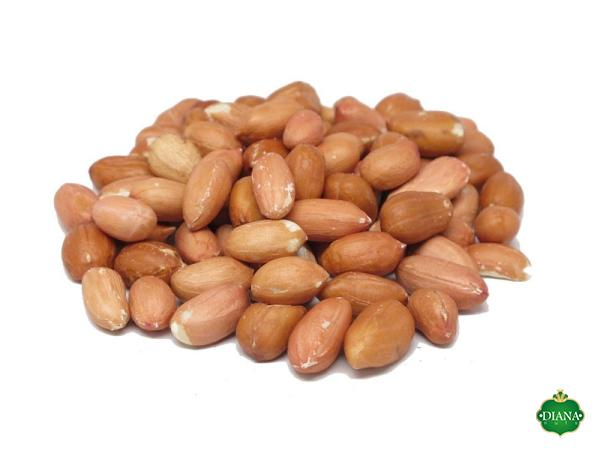
nut
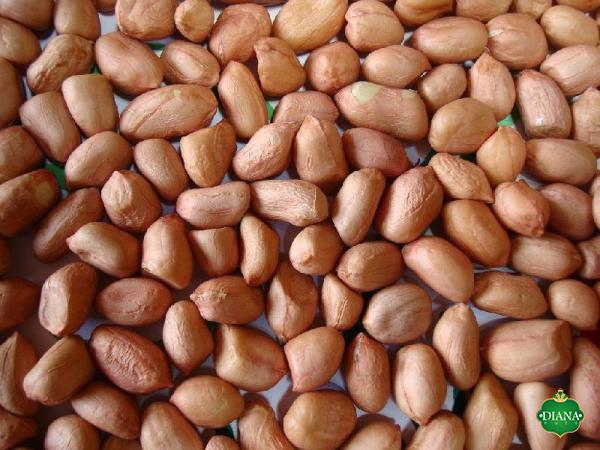 Another important factor that impacts the purchase price is the color of the peanuts. Buyers generally prefer peanuts with a light uniform color. Light-colored peanuts are usually priced higher as they are considered to be of better quality and appearance. Moisture content is also a critical factor in determining the purchase price. Exporters prefer peanuts with a lower moisture content as it helps in maintaining the shelf life of the product. Peanuts with high moisture content are prone to spoilage and can lead to quality issues during transportation. Therefore, exporters are willing to pay a premium for peanuts with lower moisture content. Taste and texture are subjective factors that can influence the purchase price. Peanuts with a natural, nutty flavor and a crunchy texture command a higher price compared to peanuts with bland taste or soft texture. These qualities are often preferred by consumers, and exporters are willing to pay more for peanuts that meet these criteria.
Another important factor that impacts the purchase price is the color of the peanuts. Buyers generally prefer peanuts with a light uniform color. Light-colored peanuts are usually priced higher as they are considered to be of better quality and appearance. Moisture content is also a critical factor in determining the purchase price. Exporters prefer peanuts with a lower moisture content as it helps in maintaining the shelf life of the product. Peanuts with high moisture content are prone to spoilage and can lead to quality issues during transportation. Therefore, exporters are willing to pay a premium for peanuts with lower moisture content. Taste and texture are subjective factors that can influence the purchase price. Peanuts with a natural, nutty flavor and a crunchy texture command a higher price compared to peanuts with bland taste or soft texture. These qualities are often preferred by consumers, and exporters are willing to pay more for peanuts that meet these criteria.
Specifications of nut
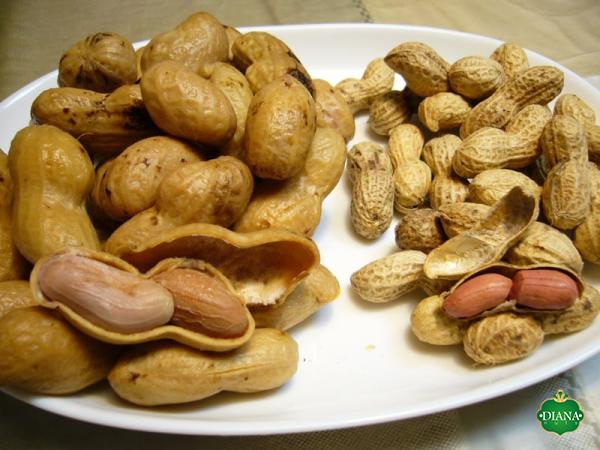 Availability and demand for raw materials also impact the purchase price of roasted peanuts. If there is a shortage of peanuts due to climatic or other factors, the prices tend to increase. Similarly, if there is a high demand for peanuts in the market, exporters might have to pay a premium to secure the required quantity. Conversely, when there is an abundance of peanuts and low demand, the prices may be lower. Competition among exporters also plays a role in determining the purchase price. If there are multiple exporters vying for the same quantity and quality of peanuts, it can lead to a price war, where exporters reduce their prices to attract customers. This competitive environment can influence the purchase price, as exporters may be willing to accept lower margins to secure orders. Exporters in India evaluate the purchase price of roasted peanuts based on these factors and their understanding of the market dynamics. They consider the cost of raw materials, processing, and packaging, along with overhead expenses such as transportation, storage, and certification. They also take into account the profit margin they aim to achieve while determining the purchase price.
Availability and demand for raw materials also impact the purchase price of roasted peanuts. If there is a shortage of peanuts due to climatic or other factors, the prices tend to increase. Similarly, if there is a high demand for peanuts in the market, exporters might have to pay a premium to secure the required quantity. Conversely, when there is an abundance of peanuts and low demand, the prices may be lower. Competition among exporters also plays a role in determining the purchase price. If there are multiple exporters vying for the same quantity and quality of peanuts, it can lead to a price war, where exporters reduce their prices to attract customers. This competitive environment can influence the purchase price, as exporters may be willing to accept lower margins to secure orders. Exporters in India evaluate the purchase price of roasted peanuts based on these factors and their understanding of the market dynamics. They consider the cost of raw materials, processing, and packaging, along with overhead expenses such as transportation, storage, and certification. They also take into account the profit margin they aim to achieve while determining the purchase price.
buy nut
 Apart from the purchase price, exporters also need to factor in other costs such as export duties, taxes, and documentation charges. These additional costs can further impact the final price of roasted peanuts for export. Exporters work closely with customs authorities and shipping agents to ensure compliance with all regulations and to calculate the final price accordingly. For exporters, maintaining a consistent supply chain and building long-term relationships with peanut farmers and processors can help in managing the purchase price. By working directly with selected suppliers, exporters can negotiate better prices and ensure a reliable and consistent supply of quality peanuts. In conclusion, the purchase price of roasted peanuts for exporters in India is influenced by various factors such as quality, size, color, moisture content, taste, texture, raw material availability, market demand, and competition. Exporters carefully evaluate these factors to determine the purchase price while considering their profit margin and additional costs associated with export. By understanding these dynamics and maintaining strong supplier relationships, exporters can effectively manage the purchase price and meet the demands of their international customers.
Apart from the purchase price, exporters also need to factor in other costs such as export duties, taxes, and documentation charges. These additional costs can further impact the final price of roasted peanuts for export. Exporters work closely with customs authorities and shipping agents to ensure compliance with all regulations and to calculate the final price accordingly. For exporters, maintaining a consistent supply chain and building long-term relationships with peanut farmers and processors can help in managing the purchase price. By working directly with selected suppliers, exporters can negotiate better prices and ensure a reliable and consistent supply of quality peanuts. In conclusion, the purchase price of roasted peanuts for exporters in India is influenced by various factors such as quality, size, color, moisture content, taste, texture, raw material availability, market demand, and competition. Exporters carefully evaluate these factors to determine the purchase price while considering their profit margin and additional costs associated with export. By understanding these dynamics and maintaining strong supplier relationships, exporters can effectively manage the purchase price and meet the demands of their international customers.

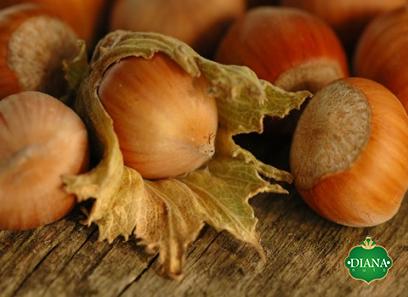


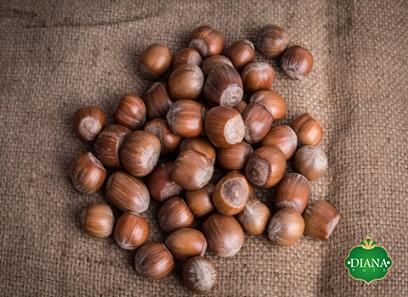


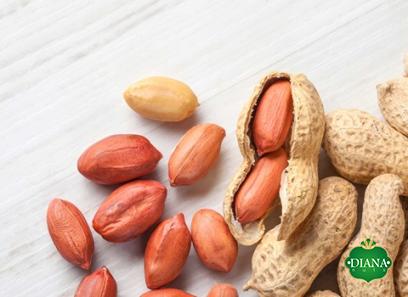
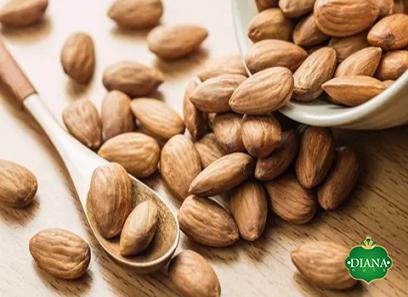
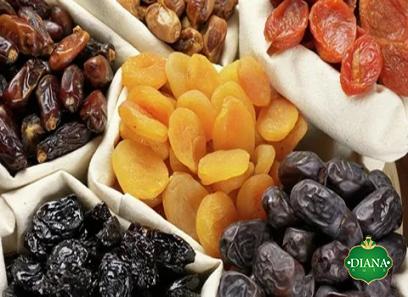
Your comment submitted.